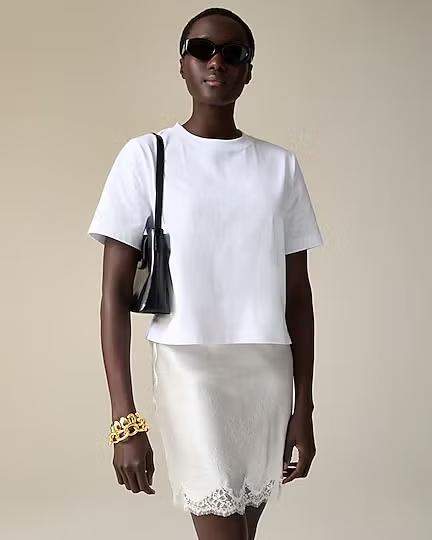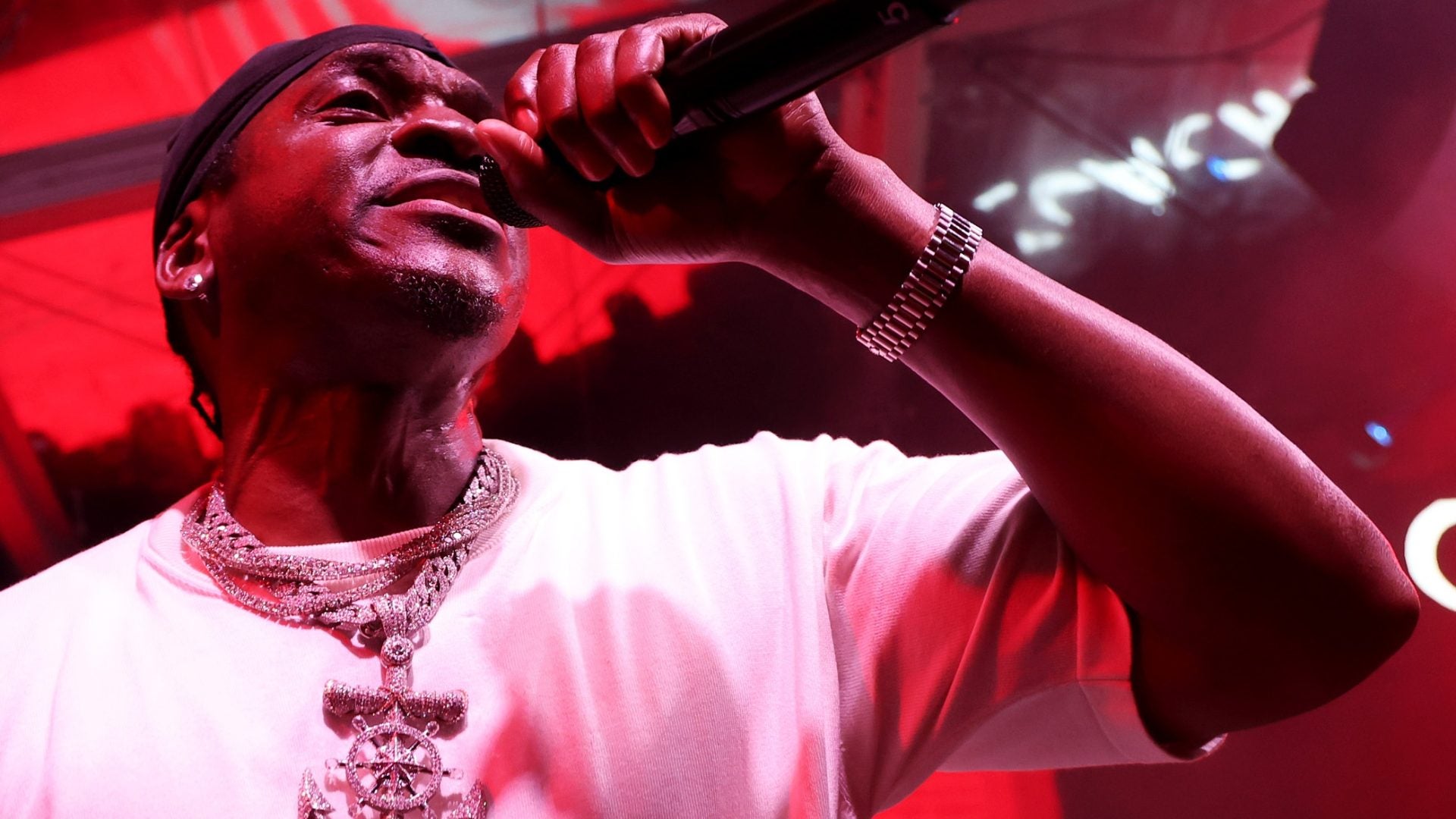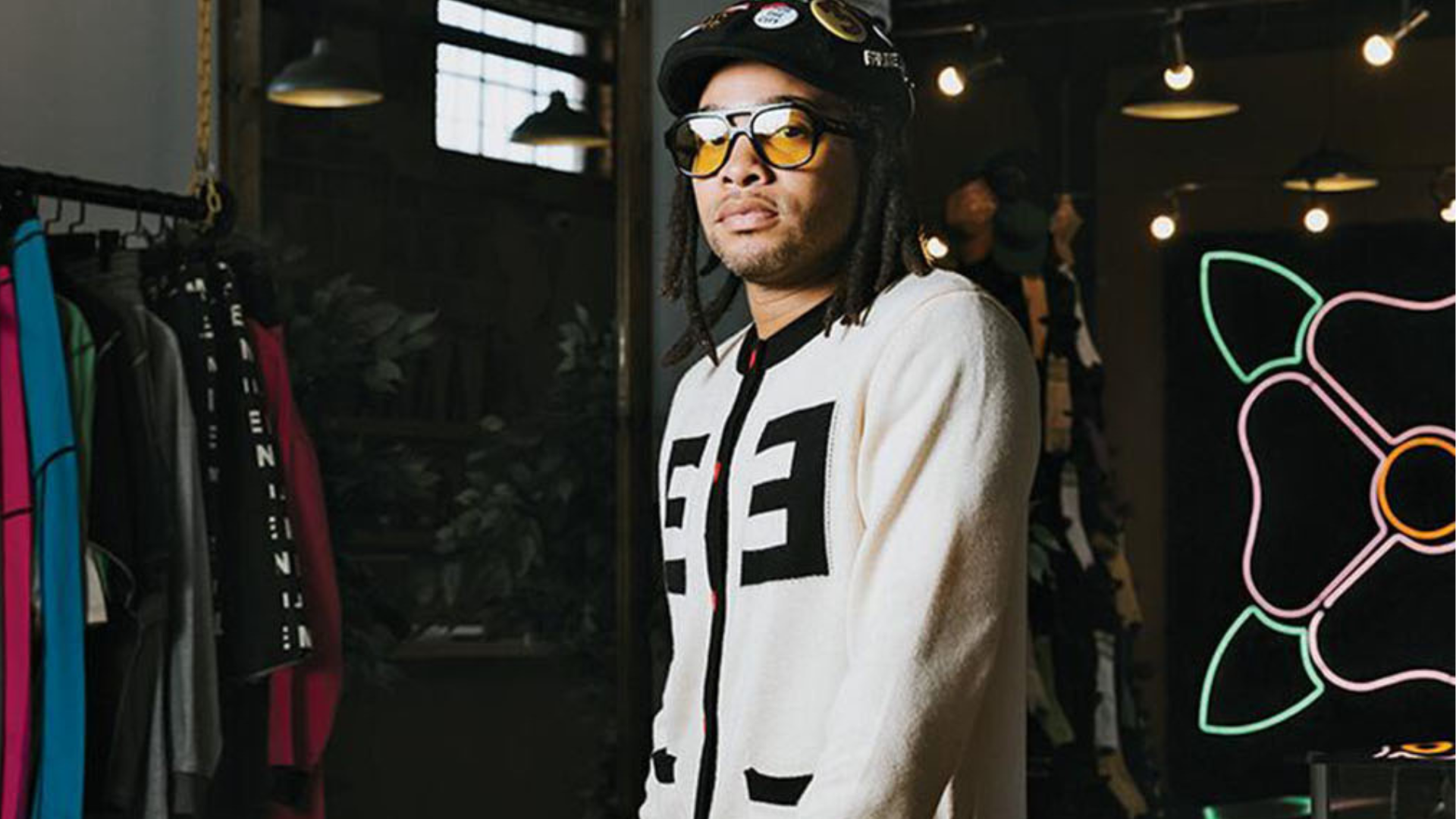
The attention economy is a booming one.
Data shows that in 2021, the number of brand-sponsored influencer posts on Instagram surpassed three million, making the global Instagram influencer market a fifteen-billion-dollar business.
And as Forbes’ Joe Gagliese writes, more than 50 million people around the world now consider themselves to be online influencers (or creators) and creator investments totaled $5 billion last year alone.
But lucrative brand deals can be difficult to broker if you’re not seasoned in the space. And even with time and experience, the evolving social media landscape can make the commodification of digital talent difficult to nail down.
Kameron Monet Buckner knows that struggle. An attorney/consultant by day and lifestyle influencer by night, she read and drafted contracts during law school and has been sharing what she’s learned along the way.
“The hard truth is that there is no “right” price,” Buckner told ESSENCE. “However, this can be a good thing because it allows creators to have more flexibility when deciding their rates. A major reason why this flexibility is so important, and more creators should appreciate this is the fact that follower count is not the only factor to determine the amount of money creators can charge in the influencer marketing industry. There are so many other factors to consider, such as expertise, degree, certification, content quality, audience demographics, conversion rate, niche, and more. All these factors allow creators the benefit of choosing a rate that is custom-per-brand partnership opportunity.”
She continued: “Nonetheless, I always suggest that creators establish their minimum rate for common deliverables, so they are not having to start from scratch each time a brand requests their rate. For example, creating a rate sheet with their rate for video and photo on each platform gives a good starting point while still including wording that lets the brand know that these are general rates and do not include exclusivity, usage rights, licensing, whitelisting, etc.”
Here is how she suggests creators determine that minimum rate.
Think in percentages. Start with 1-10% of your following, then add the additional fees by percentages from there. For example, this could look something like this:
If a brand wants 1 Instagram Reel and you have 10,000 followers, 10% is $1,000 [deliverable rate]. If the same brand requests usage rights for 3 months, then charge 5-10% of the deliverable rate of $1,000. 10% of $1,000 is $100 x 3 [for 3 months] is $300. Thus, you’d charge this brand $1000 + $300 = $1,300.
Don’t forget your overhead fees. Many creators hire photographers, videographers, makeup artists, hair stylists, studio spaces, etc., to create their sponsored content. Therefore, be sure to include these additional fees to make sure you’re getting paid for the actual content creation process. Of course, if this does not apply to you or certain partnership opportunities, then don’t just add additional fees with no purpose.



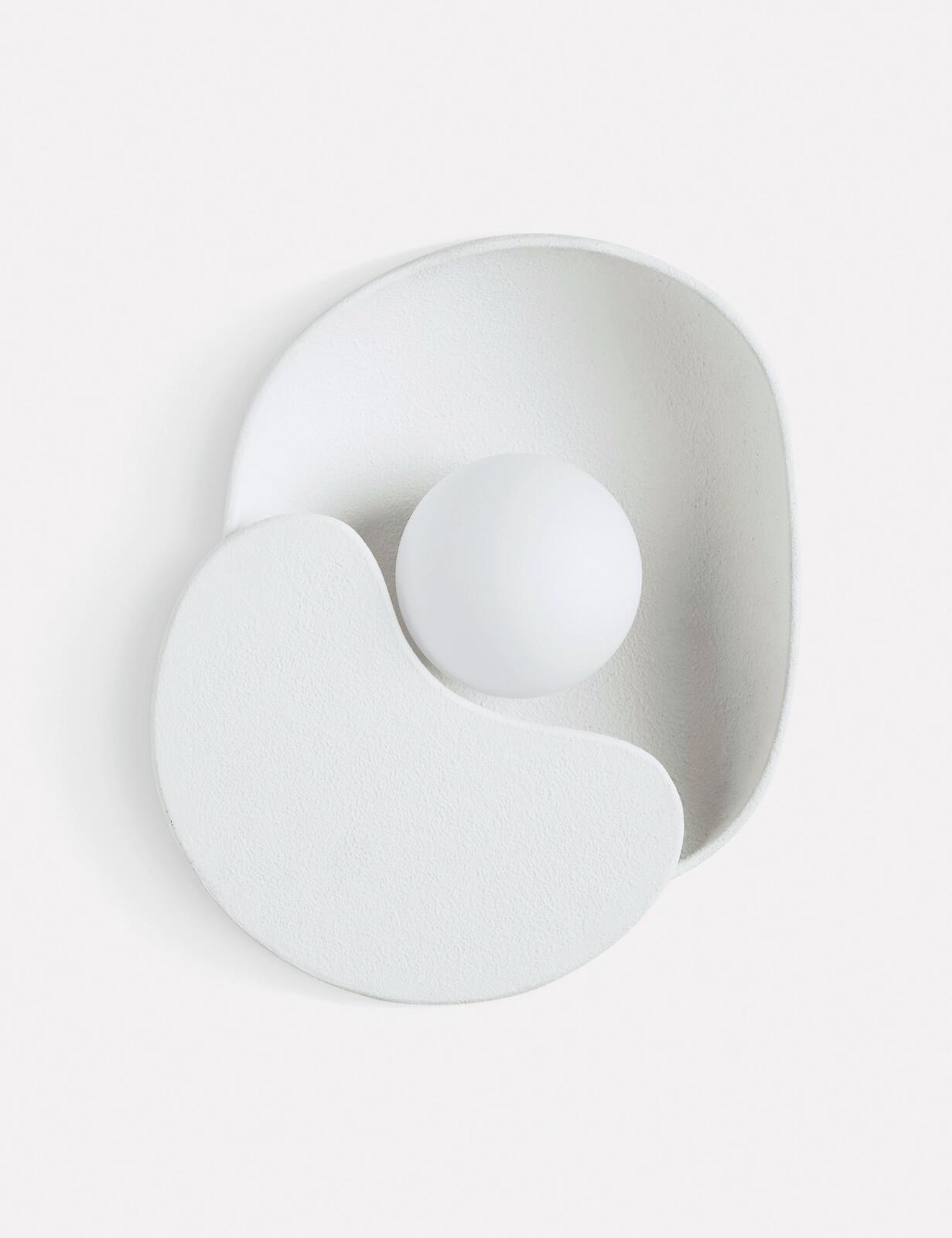

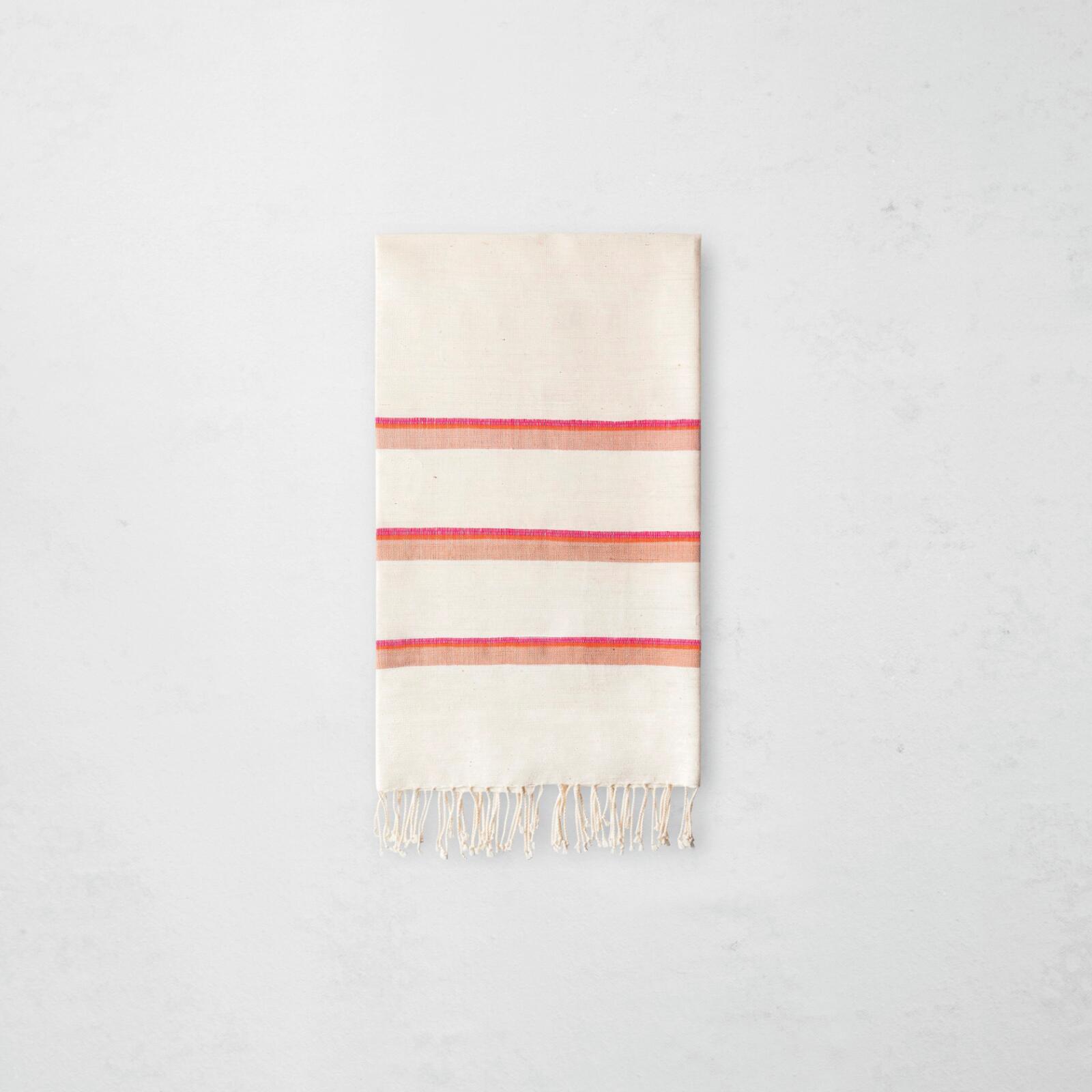
Leave the door open. This can means adding additional fees when communicating with brands through email prior to receiving the contract. You can state something along the lines of “the current rate is contingent on the contract terms, which may require additional fees.”
Make sure you know the who, when and how you’re getting paid. I can’t talk about rates without mentioning this. You should know whom you need to contact about payment. When payment will be processed, such as net 30. With that, you should know if you need to submit any specific documentation or send the invoice in a certain style, etc., to begin the payment timeline. For example, if the contract provides that the net 30 payment timeline does not begin until the brand receives the invoice and W9, but it’s been 30 days, and you haven’t sent either of those things, then the brand is not late on payment because the payment process has not started.

